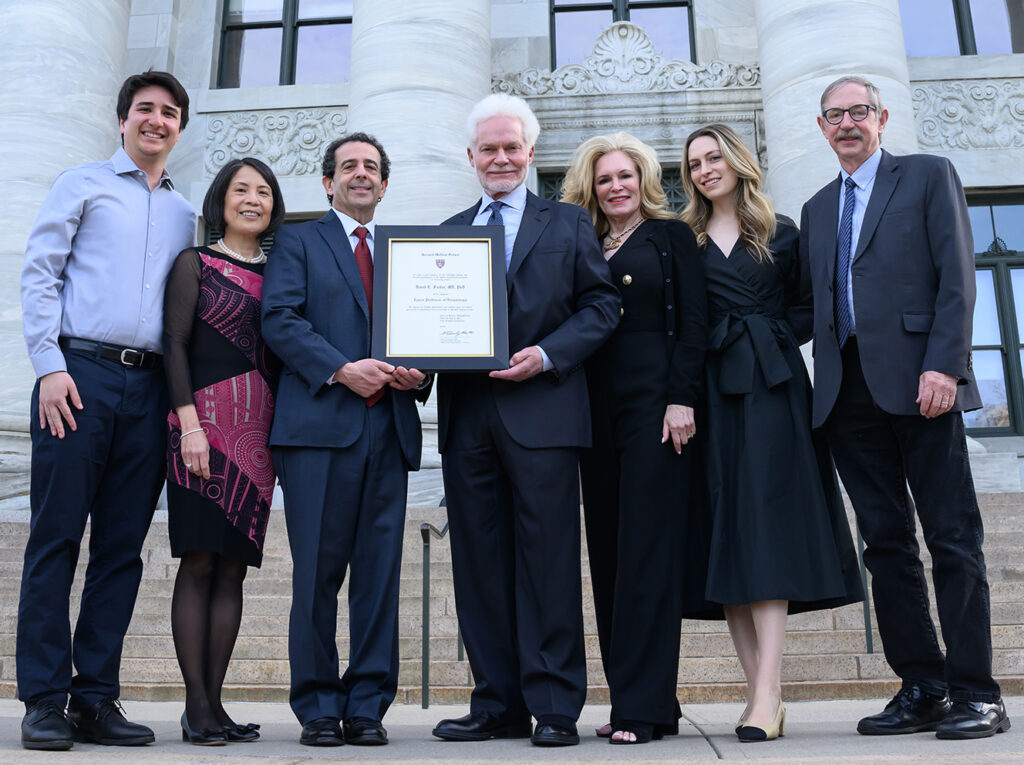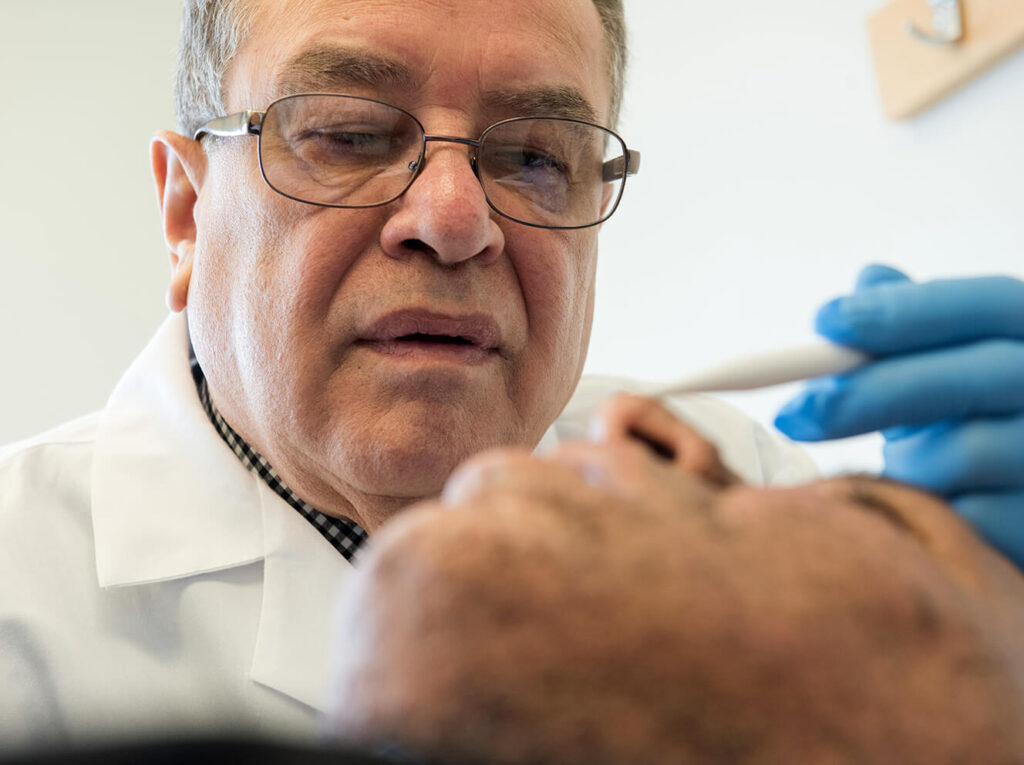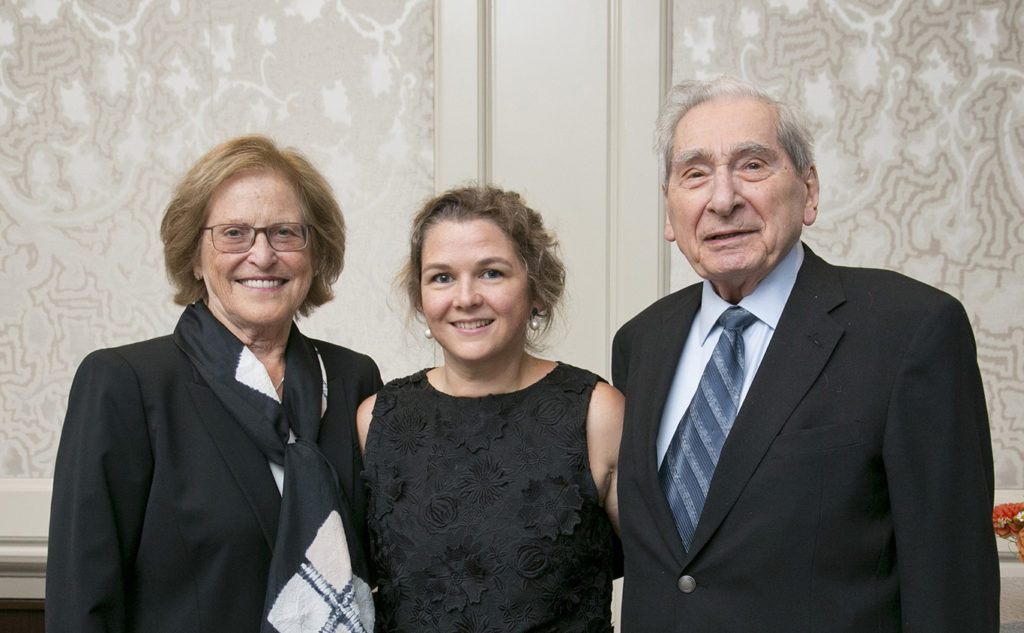Over-the-counter facial moisturizers are a widely-used and commonly recommended skin care product, but a new study from dermatologists at Massachusetts General Hospital finds that, when it comes to price, men’s and women’s products are not considered equal.

Their paper, published in the Journal of Cosmetic Dermatology, reports finding significant, gender-based price discrepancies in a 2018 survey of 110 facial moisturizing products from three top online retailers – Amazon, Target and Walmart.
“If skin is dehydrated, it can lead to serious problems like eczema and rosacea,” says the study’s lead author Maryanne Senna, MD, Mass General Department of Dermatology. “Despite some recent government-led efforts to restrict gender-based pricing differences in the retail market, our study shows that discriminatory pricing persists and remains a real issue when it comes to dermatologic products.”
Comparing Moisturizer Marketing
Researchers used three marketing variables – language, container color or graphics, and container curvature or shape – in order to classify the products into two groups. Of the 54 facial moisturizers classified as for men, 47 (or 87 percent) contained the word men within the marketing language. In the 56 products targeted at women, only three were explicitly labeled “for women.”
The products marketed to women were, on average, $3.09 more per ounce than those marketed to men.
Still, the products marketed to women were, on average, $3.09 more per ounce than those marketed to men. The total number of fluid ounces per bottle was not significantly different between the groups.
There also was no significant difference between the groups when it came to the number of facial moisturizers labelled as fragrance-free, offering sun protection or anti-aging properties, for sensitive skin, hypoallergenic, or dermatologist recommended. The authors recommend further study of gender-based differences in the pricing of over-the-counter skin care products.
To learn more about how you can support the work of Mass General’s Department of Dermatology, please contact us.
A longer version of this story was first published on the Mass General News and Public Affairs website.





